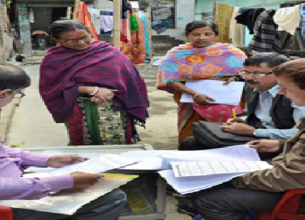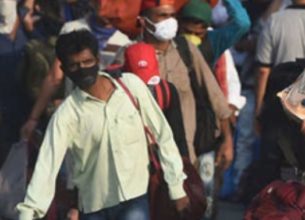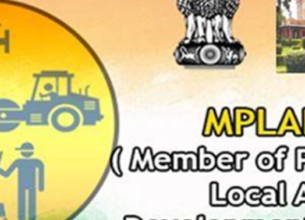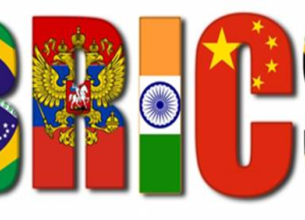SWOT ANALYSIS OF IMPACT OF COVID-19 ON EDUCATION
21, Apr 2020
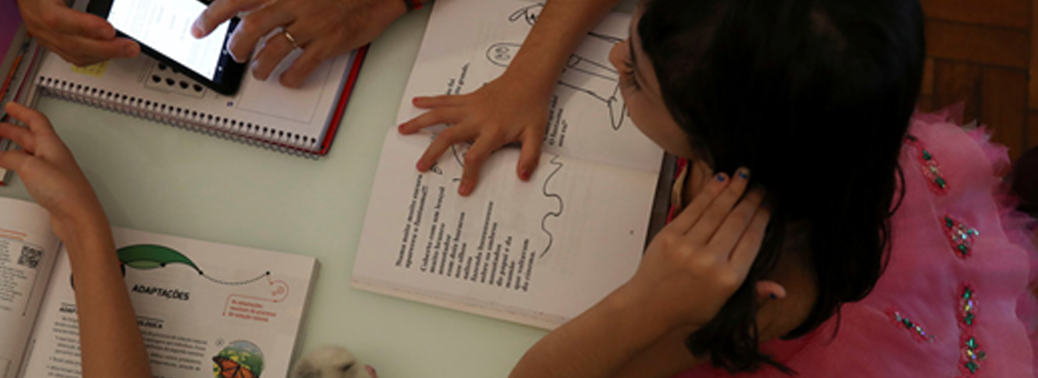
Prelims level : Governance
Mains level : GS-II Government Policies and Interventions for Development in Various Sectors and Issues Arising out of their Design and Implementation.
Why in News?
- With the pandemic forcing everyone to seriously consider e-learning tools and resources, now is a good time to assess its strengths and opportunities, and adapt to the new normal.
Highlights:
- SWOT analysis is a strategic planning technique used to help identify strengths, weaknesses, opportunities, and threats of a situation.
Strengths:
- For the first time many teachers, parents and students have thought about the purpose of education and asked some useful question such as: Will ‘education’ be defined in a different way, in the future? Is there a need to learn differently? Should students’ knowledge and skills be assessed? Will online education be successful in India? How important is home learning? etc.
Weaknesses:
- Lack of innovative thinking, inadequate infrastructure, untrained teachers, unequal accessibility, exam-centric assessment, and lack of learner autonomy.
- Recently, the Delhi government announced that it would conduct online classes for class XII students, but school teachers say that it is impractical since most students do not have access to the Required Facilities.
- Teachers working in government-aided and government schools in cities and towns and private schools in rural areas also do not have such facilities.
- They may neither have the awareness of online tools such as Google Classroom available for such purposes, nor have the expertise to use them.
Opportunities:
- The three main opportunities that we have are: i) our students who belong to Gen Z, ii) numerous web resources, and iii) enthusiastic teachers.
- Gen Z learners (born between 1997 and 2010) are born in the digital era and are familiar with computers, multimedia content and Internet-based activities from an early age. Now is the right time to move classes to a different platform, introduce e-learning and develop learner autonomy.
- The COVID-19 lockdown has enabled teachers to become creative. They can now create e-material such as YouTube videos and PPTs and share the links with their students and engage them during the lockdown period.
Threats:
- India is far behind some developing countries where digital education is getting increased attention. In countries where e-learning is popular, students have access to various online resources such as Massive Open Online Courses (MOOCs).
- India needs to take the threat of many developed and developing countries leading the way in online education seriously and promote it earnestly.




